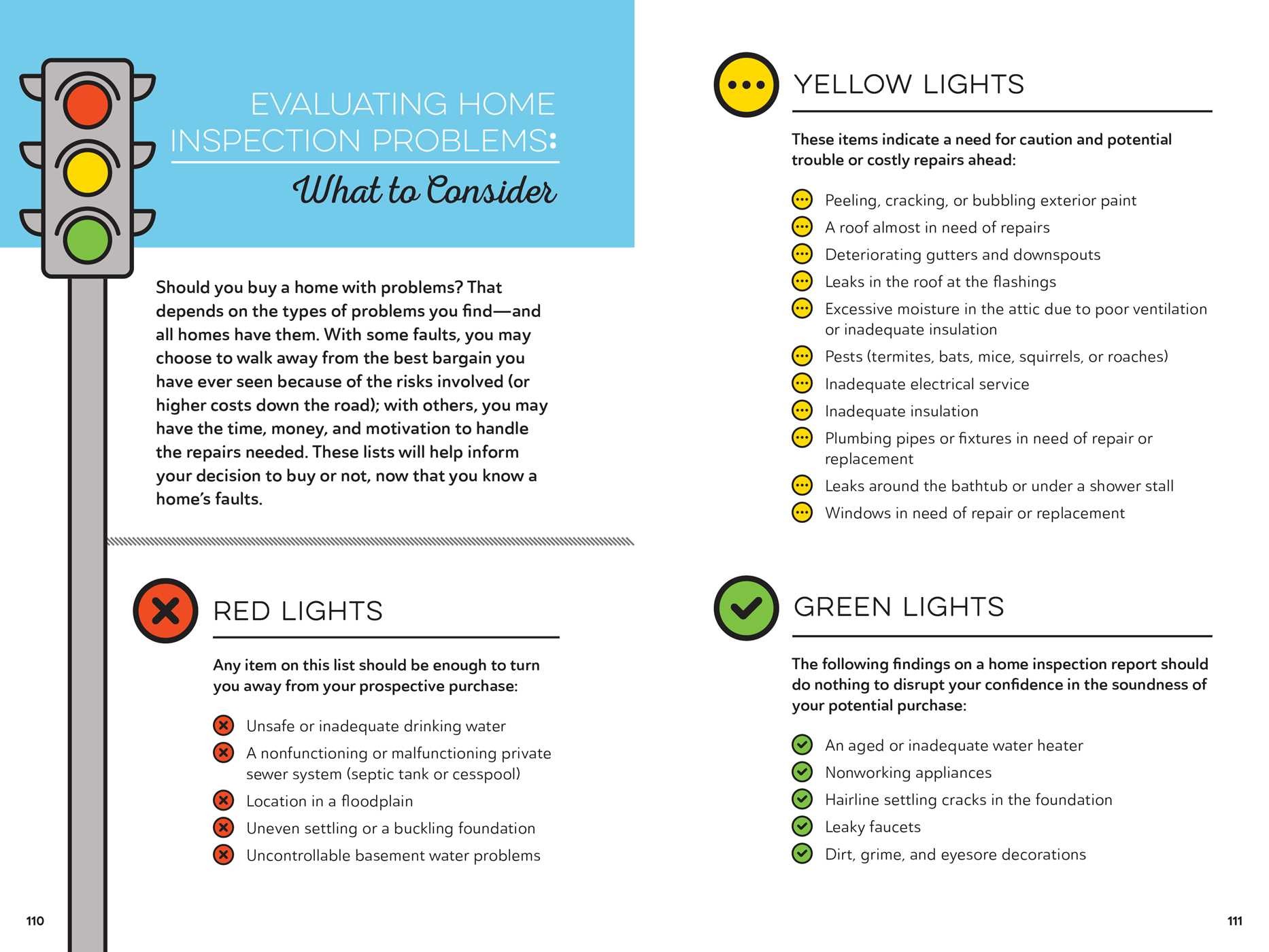The Value Of Roofing System Air Flow In Getting An Effective Installation
The Value Of Roofing System Air Flow In Getting An Effective Installation
Blog Article
Author-Kock Manning
When you're taking on a roof task, you might not believe much concerning roof ventilation, but it's even more important than you realize. Reliable air flow assists control temperature level and dampness in your attic, stopping problems like mold and mildew and architectural damages. By understanding exactly how to make and mount a balanced air flow system, you can improve energy efficiency and prolong the lifespan of your roof covering materials. So, what are the crucial variables to consider during installment that can make all the distinction?
Significance of Roof Ventilation
Roofing system ventilation plays an important function in maintaining the total health of your home. By enabling fresh air to circulate with your attic, it helps regulate temperature and wetness degrees. This equilibrium is essential to protect against warmth build-up during hot months, which can lead to raised power prices as your cooling burns the midnight oil.
Moreover, correct air flow considerably minimizes the threat of moisture-related issues like mold and mildew and mold. If humidity degrees rise, your home's structural integrity can be endangered, leading to costly fixings. You wouldn't intend to manage decaying wood or distorted roofing materials, right?
Furthermore, appropriate ventilation prolongs the life expectancy of your roof. When warm and wetness are kept in check, your roofing can perform efficiently, preventing premature damage. This indicates fewer headaches and expenditures down the line.
Exactly How Roofing Ventilation Works
Reliable roofing system air flow depends on the all-natural activity of air to produce an equilibrium between consumption and exhaust. When you set up vents, you're essentially enabling fresh air to enter your attic room while allowing hot, stagnant air to leave. This procedure assists regulate temperature and dampness degrees, preventing issues like mold development and roofing damage.
Intake vents, commonly located at the eaves, pull in amazing air from outside. Meanwhile, visit the up coming site , located near the ridge of the roofing, let hot air rise and leave. The difference in temperature creates a natural airflow, called the pile impact. As warm air increases, it develops a vacuum cleaner that draws in cooler air from the lower vents.
To maximize this system, you require to ensure that the intake and exhaust vents are properly sized and placed. If the consumption is restricted, you won't achieve the desired ventilation.
Furthermore, insufficient exhaust can catch warmth and moisture, resulting in possible damages.
Key Installment Considerations
When installing roof covering air flow, several key factors to consider can make or break your system's performance. Initially, you need to assess your roof covering's style. The pitch, form, and products all affect air flow and ventilation choice. Ensure to choose vents that match your roof covering type and regional environment conditions.
Next off, think about the positioning of your vents. Ideally, you'll desire a balanced system with consumption and exhaust vents positioned for optimal airflow. Area intake vents low on the roof covering and exhaust vents near the height to urge an all-natural flow of air. This setup helps stop dampness accumulation and advertises power efficiency.
Do not forget about insulation. Appropriate insulation in your attic stops warm from leaving and maintains your home comfortable. Make certain that insulation does not obstruct your vents, as this can impede air flow.
Last but not least, think about upkeep. Select ventilation systems that are easy to access for cleansing and evaluation. Routine upkeep guarantees your system continues to function effectively in time.
Conclusion
In conclusion, roofing air flow is essential for an effective setup. By ensuring appropriate air movement, you can prevent warm accumulation and moisture problems that result in pricey damages. When you tactically placement intake and exhaust vents, you improve power effectiveness and lengthen the life expectancy of your roofing. Remember, a well-ventilated roof covering not just safeguards your financial investment yet also improves your indoor air high quality. So, https://www.constructionnews.co.uk/legal/roofing-lead-cartel-directors-banned-10-03-2021/ to ensure a durable and affordable roof for your home.
